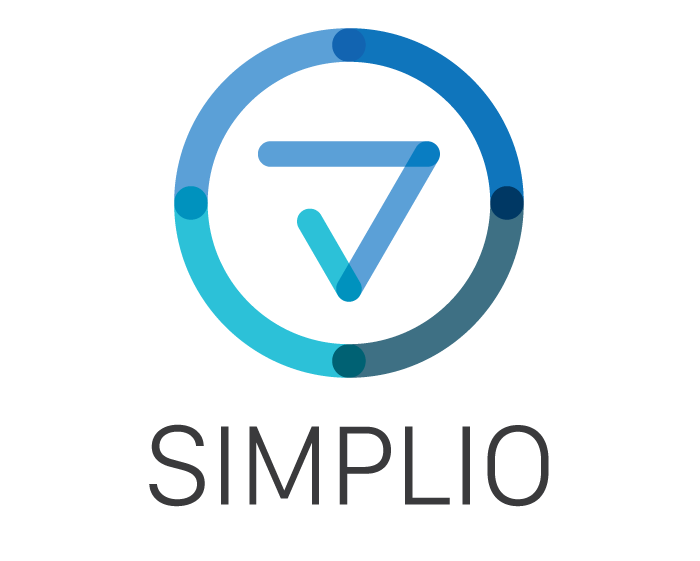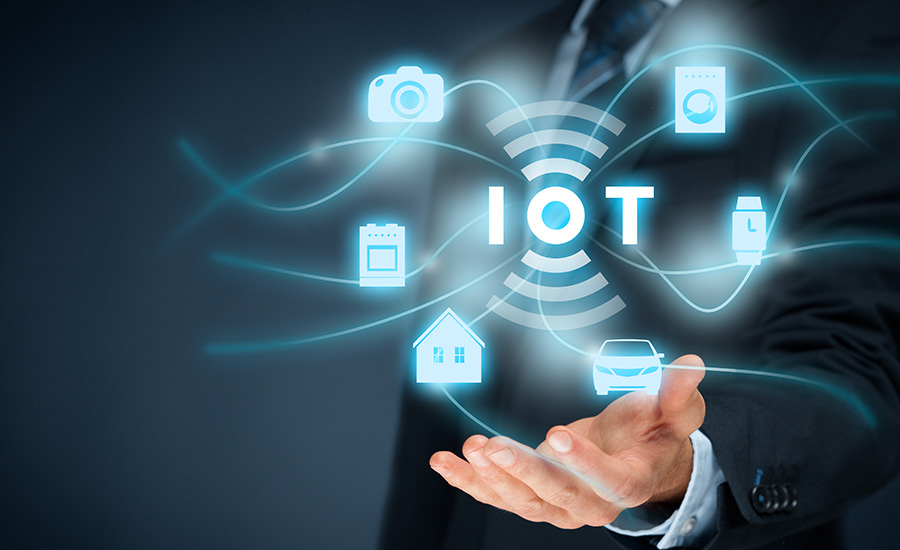Cellular-based positioning technology for critical IoT industrial cases will be one of the key elements in future 6G networks.
BARCELONA, Spain—While 5G is still in the early stages of deployment in many markets, and most commercially available networks are non-standalone, the industry is already experimenting with the possibilities of next-generation 6G cellular networks—and the IoT will be incremental to realizing those innovations.
5G is, for most people, the last interaction of the mobile telephone networks that arrived in the last quarter of the 20th century. Connected devices get a boost of speed, and some power users can now play low-latency online games and ultra-high–definition videos on their smartphones and tablets.
For cellular service providers (CSPs) and other industry stakeholders, 5G is the logical evolution of cellular connectivity, where data has finally replaced voice as the primary driver of wireless communications. 5G New Radio (5G NR) finally provides the reliability and high-performance wireless connectivity needed for the last industrial revolution.
CSPs are now beginning to launch the first standalone 5G networks, finally enabling critical IoT services, such as ultra-low latency and network slicing. In 2025, 5G Advanced (3GPP Rel. 18), also called 5G+, will arrive, providing the full promise of 5G for high-performance applications like autonomous driving, advanced robotics, remote operation and maintenance, massive critical IoT and the industrial metaverse.
Leveraging real-time data from all sources, organizations will use digital twins to create innovative industrial IoT solutions and artificial intelligence and analytics to leverage actionable insights, making products and services of tomorrow with information from immersive simulations.
Then, after 5G finally reaches its full potential, the early stages of 6G will emerge, bringing new features to enable the advanced industrial applications of this century.
What is 6G?
According to a report published by GSMA Intelligence, “While some applications are clear, some are not. Which 6G services eventually materialize will be determined by physical capabilities. If we assume throughputs rise a further 10× multiple on 5G, and latency gains in the opposite direction, extended reality and the metaverse are firmly in play, as are holographics, robotics and distributed sensing capabilities.”

Besides high speeds and near-zero latency, 6G will provide the sensing and location capabilities required to enable the industrial metaverse and full automation of many applications not possible today. Precision localization is essential for many applications in industrial environments, such as robot navigation, asset tracking and worker safety.
“6G sensing will give us an awareness of our surroundings that we’ve never had before,” Peter Vetter, president of Bell Labs Core Research at Nokia, said in prepared remarks. “For example, it will keep digital twins of a factory or smart city up to date in real time and, as such, optimize the flow of robots, vehicles and humans in a safe way. This digital sixth sense will warn us of dangers like a speeding vehicle approaching around the corner. As 6G sensing becomes more accurate, we will be able to use gestures to interact in a natural way with the world instead of using touchscreens or controller interfaces.”
For the past few years, I have followed the research and early trials of 6G from some of the leading infrastructure providers and research institutions. One such well-known institution, Nokia, provided a 6G demo at the Mobile World Congress 2023 (MWC23), at which time Nokia Bell Labs demonstrated its 6G sensing capability using prototype radio equipment, showing how future networks will act as a form of “radar” that senses objects, people and movements—all while preserving privacy.
“We started research on 6G a couple of years ago,” Thierry Klein, president of Bell Labs Solutions Research at Nokia, said during an interview with EE Times. “We are not just thinking of 6G as a communication network but also bringing other value propositions. The metrics are not just latency and reliability, but there are other aspects as well. How can we use the communication network for other purposes, and sensing is a critical one? We think sensing is interesting if we believe in industrial enterprise applications.”
He continued, “The enterprise is much more driven by outcome: How does the network and the technology you deploy help me improve productivity, efficiency, safety and sustainability? How does it create outcomes for my business? They’ll say, ‘Great, I have 5G, 5G Advanced, 6G and private wireless. What does it actually do for me?’”
Klein, who leads research on industrial solutions at Nokia, believes that 6G will bring the real benefits of 5G to the industrial space. 6G will often connect billions of assets, including consumer electronics and appliances, factory machines and autonomous vehicles. The combination of massive IoT, high throughput, edge processing and AI will enable the benefits of Industry 4.0 for everyone.
“You need to connect everything—people, machines, sensors, spaces and environment—but then once you have connected things, the question is what you do with it,” he said. “And the first part is you need to understand what you’re connecting, how things behave and where your things are. Sensing, localization, positioning and understanding the operational environment are essential. So that’s why we’re very excited about sensing technologies.
“We are focusing on this in my group to answer those questions,” Klein added. “Call it Industry 4.0, industrial automation, industrial metaverse. But it is really about how we bring networking edge compute, AI and many ICT technologies to help industrial outcomes.”
6G must be more power-efficient
As operators and system integrators deploy the new 5G networks in public and private spaces, the balance of performance and sustainability gets more attention. Data traffic on cellular networks continues to grow, and power consumption increases simultaneously. The information and communications technology sector expects to shift to renewables at above 60% of total electricity consumption by 2030, according to GSMA. Still, uneven distribution means that 6G must be a much more efficient network to mitigate power demands from higher-intensity use cases.
“We believe that the shortage of energy is here to stay; it might be in Europe today, but it will be a worldwide issue that we must grapple with,” Sanjay Uppal, SVP and general manager of the Service Provider and Edge business unit at VMware, told EE Times in an interview last year. “So having energy consumption as one of the factors in selecting information technology is going to become increasingly important.”
https://www.eetimes.com/6g-set-to-primarily-be-an-industrial-iot-network/


